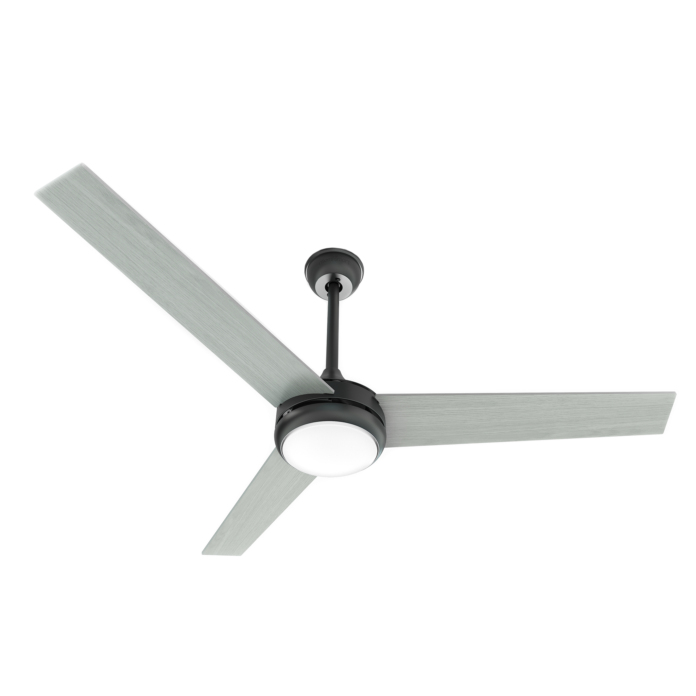BlueWeave Consulting, a leading strategic consulting and market research firm, in its recent study, estimated the global smart ceiling fan market size at USD 570 million in 2022. During the forecast period between 2023 and 2029, BlueWeave expects the global smart ceiling fan market size to grow at a CAGR of 4.8% reaching a value of USD791.39 million by 2029. The global smart ceiling fan market is expanding due to rising demand for energy-efficient and environmentally friendly household products. Smart ceiling fans have modern capabilities, such as voice control, Wi-Fi connectivity, and app-based control, which give users with increased convenience and customization possibilities. The growing acceptance of smart homes and the integration of smart devices with home automation systems are also driving the global smart ceiling fan market during the period in analysis.
Global Smart Ceiling Fan Market – Overview
A smart ceiling fan is a type of ceiling fan that can be controlled remotely through a smartphone or other smart device. Smart ceiling fans are typically equipped with Wi-Fi or Bluetooth connectivity, allowing users to adjust the fan’s speed, direction, and other settings using an app on their phone or through voice commands via a smart speaker. Smart ceiling fans offer a number of benefits over traditional ceiling fans. For one, they allow for greater convenience and flexibility in controlling the fan. With a smart ceiling fan, users can adjust the fan’s settings from anywhere, without having to physically reach the fan or the wall switch. It can be particularly useful for those with high ceilings or for fans that are located in hard-to-reach areas. Another advantage of smart ceiling fans is that they can be integrated into a larger smart home ecosystem. For example, users can set up schedules or routines to automatically adjust the fan’s settings based on the time of day, the temperature, or other environmental factors. They can also be integrated with other smart devices, such as smart thermostats or smart lighting, to create a more cohesive and efficient home automation system.
Smart ceiling fans can also help to save energy and reduce electricity costs. By allowing users to adjust the fan’s speed and direction more precisely, they can help to optimize airflow and reduce the need for air conditioning or heating. Some smart ceiling fans are also equipped with sensors or other smart features that can automatically adjust the fan’s settings based on the ambient temperature or humidity levels. Overall, smart ceiling fans are a convenient, flexible, and energy-efficient solution for home cooling and ventilation. With the growing popularity of smart home technology, it is likely that smart ceiling fans will witness continued innovation and development in the coming years.
Contact Us:
BlueWeave Consulting & Research Pvt. Ltd
+1 866 658 6826 | +1 425 320 4776 | +44 1865 60 0662














